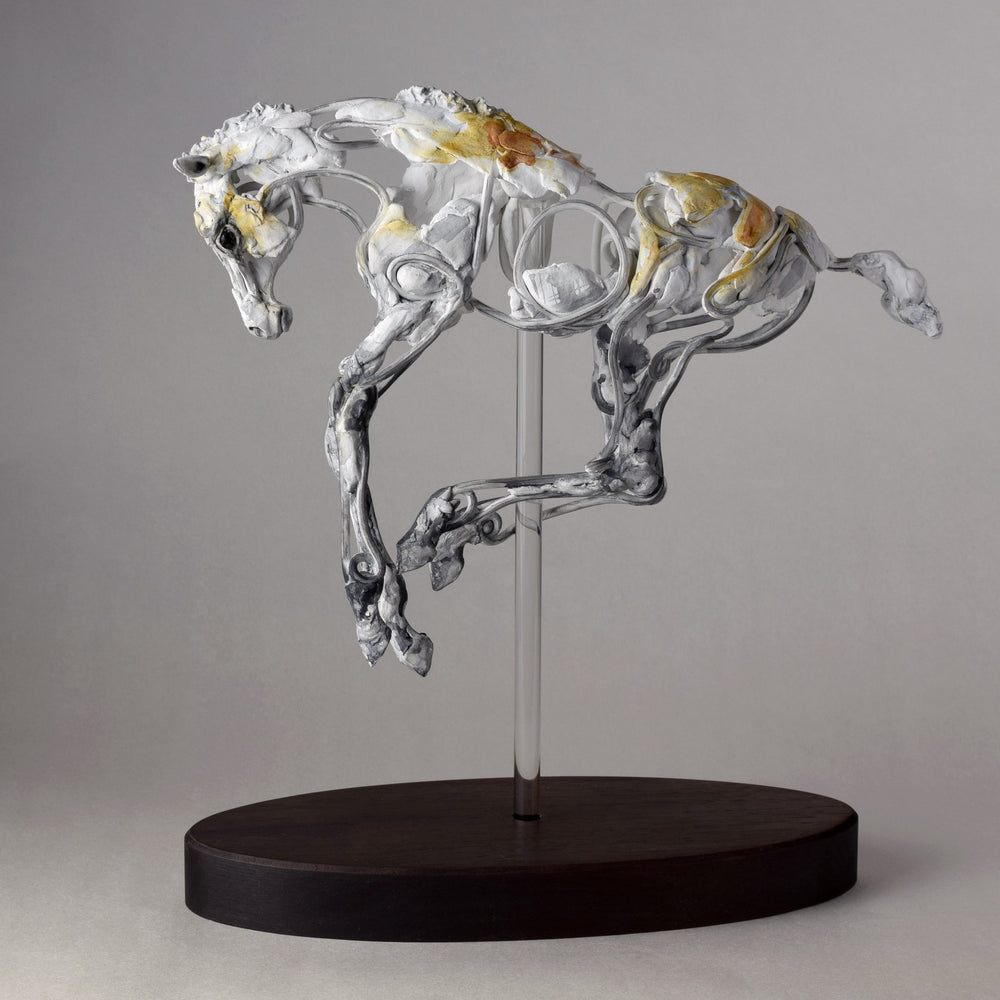
Over the years I've had many artists reach out to ask my advice and to tell me about their experiences with different sculpting materials. Thank you to all of you! I am more than happy to share my experiences and opinions (I have many) in return.
I recently got a question about porcelain paper clay and whether it can be left to dry and then painted. This got me thinking about 'paper clay' vs 'paperclay', and thought maybe I should try to clarify them since I refer to paperclay regularly throughout my blog.
Before I continue though I'll offer this disclaimer: I may be completely wrong about the following, but this is how I have come to perceive the differences between these two.

In my mind 'paper clay' is when you combine ceramic (earthenware, porcelain, terracotta, etc) with cellulose. The resulting clay body, when fired, will be lighter and stronger. It can also make construction of the sculpture easier.
However, the forms resulting from this clay body, if left unfired, will always be fragile. The strength in ceramic comes from the fusing that happens at high temperatures in the kiln. Additionally, there is often no wire armature inside these (because they would crack) to support any extra weight. This results in areas of tension (especially extended limbs, etc), that simply do not have the structural integrity to hold up the weight of the clay.
If you're just making things for around your home, have at it! But just remember to be careful with these pieces.

For me, 'paperclay' generally refers to an air dry clay that has had a cellulose base added to it, like Creative Paperclay. The result is that the clay is very lightweight when dry. This is important because the clay then doesn't need to support it's own weight in addition to anything else. With an integrated armature, you can build really intricate and large structures.
In a similar vein, I tend to avoid any air dry clays classified as "pottery clays", even if they are denoted as "air dry". This is because when they do dry, they will often still be heavy, and it is this weight that is a big decider in fragility.
In the end though it's about finding what works best for you and your working method. Experiment and don't be afraid to try different things - that's what making art is all about!
What's Next?
Dive deeper: read about air dry clays most suitable for artists

